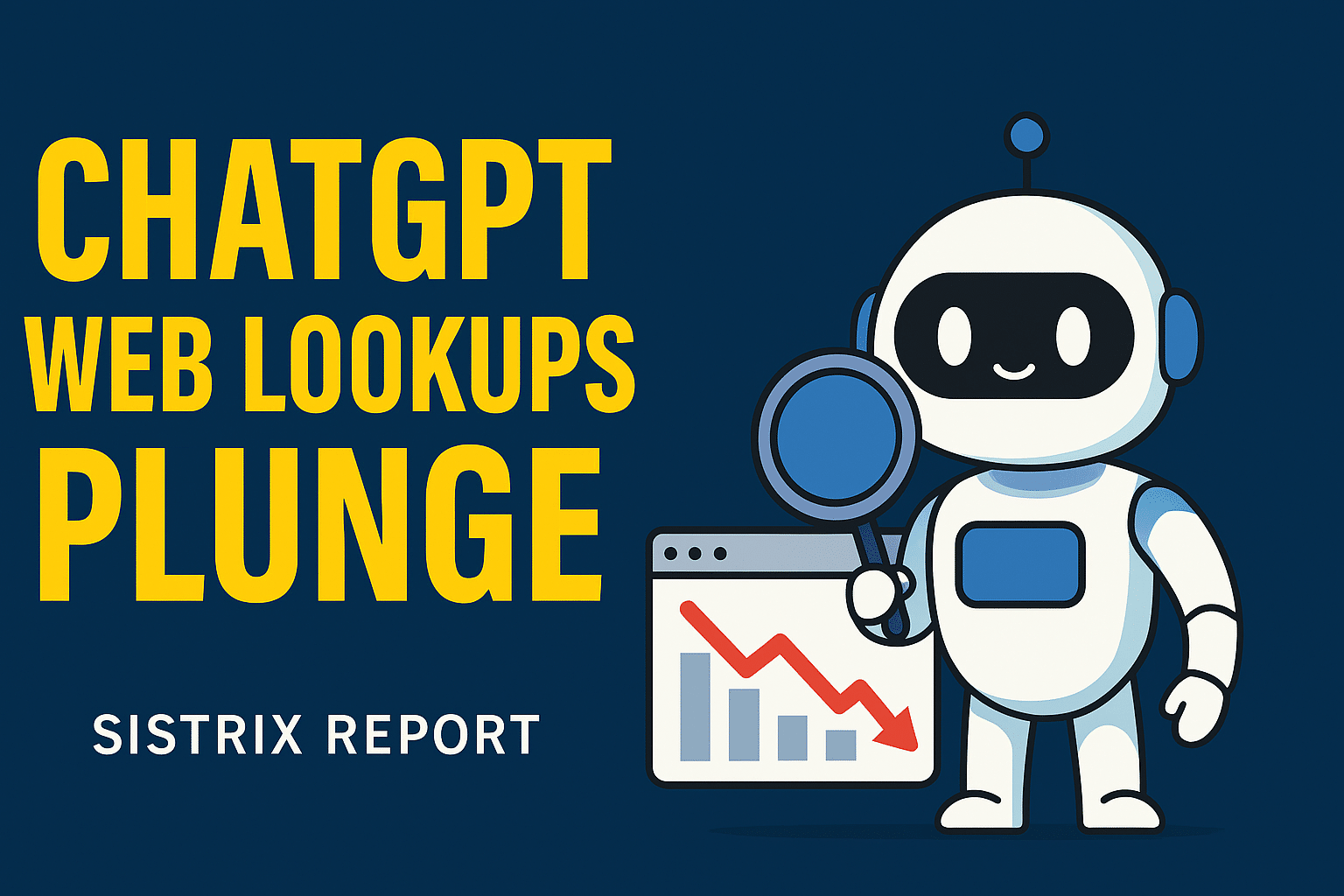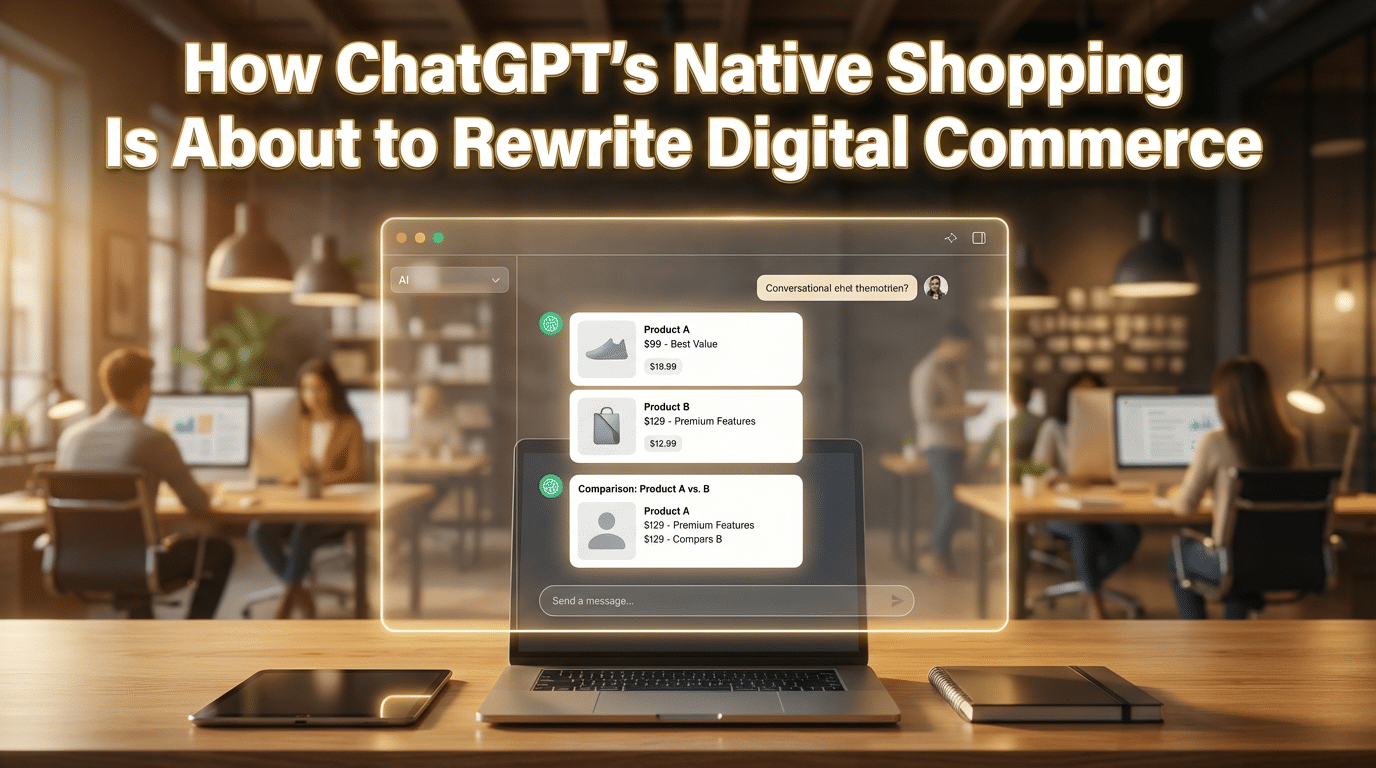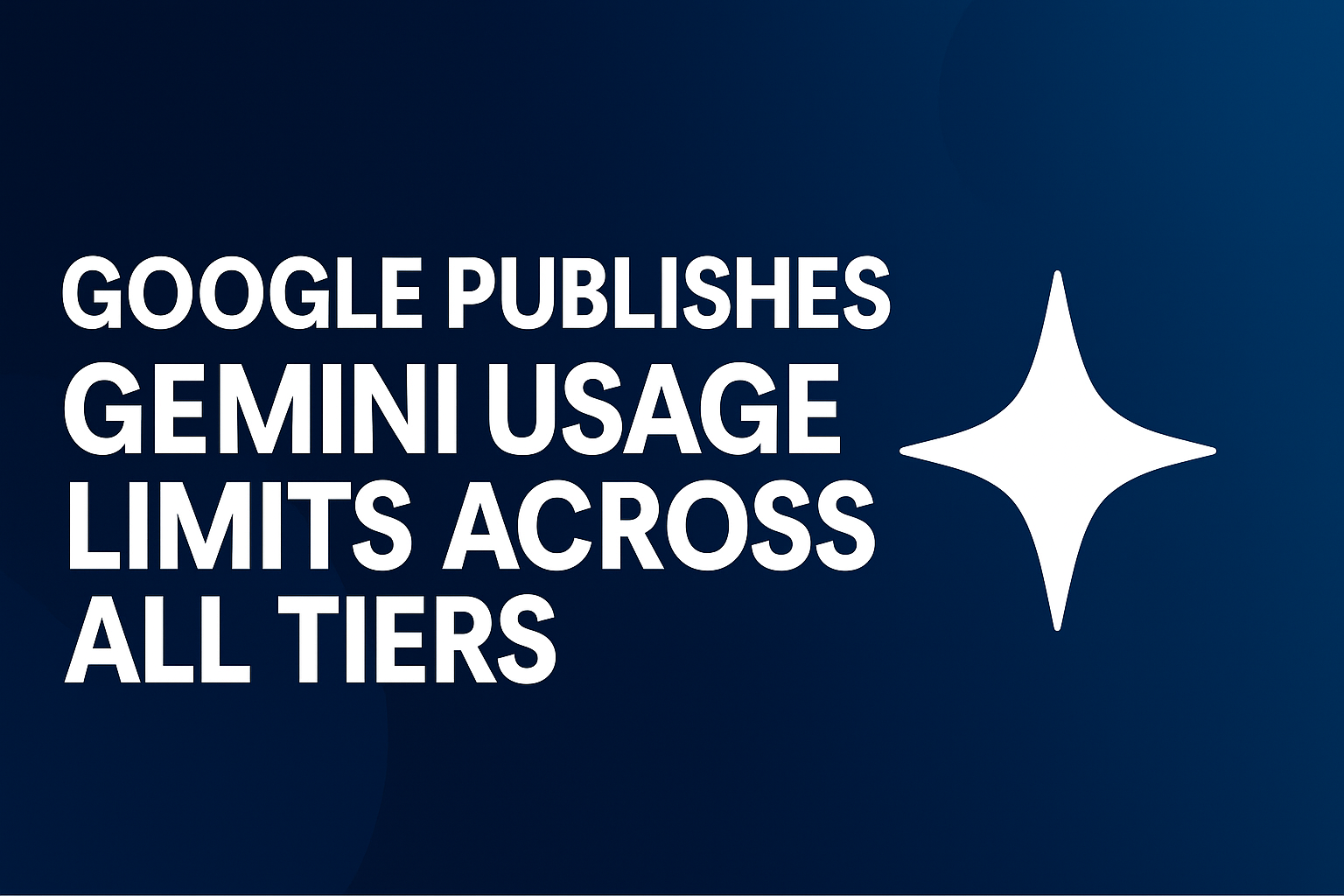Recent data from SISTRIX shows a sharp drop in how often ChatGPT performs live web lookups in anonymous sessions. That change matters for publishers, SEO strategists, and anyone tracking AI referral traffic. Below is a clear, practical breakdown of what SISTRIX reported, plausible reasons, publisher implications, and an immediate checklist you can act on now.
Key takeaway, up front
SISTRIX measured that the share of ChatGPT responses which invoked a live web lookup in anonymous, logged-out sessions fell from above 15 percent to under 2.5 percent in roughly two weeks. That is a large swing in a short window and could reduce the frequency that ChatGPT cites or links out to the open web.
What SISTRIX actually reported
SISTRIX runs daily tests across many prompts and flags when ChatGPT supplements its answer with a live web lookup. Their public finding applied to logged-out users only. They did not publish full methodology such as prompt mix, sample size, or exact detection method. Treat the headline as a high-value signal, not a definitive measurement across all user types.
Why this could be happening right now
There are three plausible explanations that are not mutually exclusive:
- Product tuning by OpenAI. If OpenAI adjusted the thresholds that trigger external retrieval or changed which prompts call web search, anonymous sessions could show a steep drop. A product note about search improvements makes this timing plausible.
- A short A/B or rollout test. Platforms frequently experiment across cohorts. A test targeted at logged-out traffic would produce a temporary change in observable lookups for that cohort while other users remain unaffected.
- Measurement or sampling differences. Changes in prompt selection, detection heuristics, or sample timing can create apparent shifts. Without full methods, measurement bias is possible.
What this means for publishers and traffic trends
AI referral patterns are volatile and can swing quickly. If ChatGPT performs fewer live web lookups for some user groups, publishers may see fewer citations and fewer downstream visits from those sessions. This is most material for publishers who were already getting meaningful referral share from AI tools or for verticals that historically benefited from ChatGPT citations. Expect traffic volatility, and do not assume stability.
Practical checklist for marketers and site owners
- Monitor referral telemetry now. Add ChatGPT as a tracked referrer in analytics and watch rolling 7 and 30 day averages. Segment by device and geography.
- Track organic search and paid together. If AI referrals fall, search engines and paid channels may need to compensate.
- Capture micro-referrals. Where possible, instrument UTM tags or server-side referral checks to detect visits that survive AI attribution.
- Lean into content that is hard to summarize. Deep research, original data, and proprietary tools retain click value.
- Optimize to be cited. Add concise factual snippets, strong metadata, and clear on-page answers so retrieval systems that still run lookups are more likely to surface you.
- Explore API and partnership routes. If an AI system drives discovery in your category, consider direct API or partner channels to be treated as a trusted source.
- Prepare for volatility. Build editorial and financial plans that do not rely on a single AI provider for traffic.
How to interpret SISTRIX going forward
SISTRIX’s finding is an early warning. It flags a rapid change in a major AI product that can affect traffic flows, but the absence of full methodology means you should verify against your own logs before drawing broader conclusions. Watch for follow-ups from data providers and correlate any referral drops to specific user cohorts.
Bottom line
SISTRIX’s numbers are a clear, actionable alert that ChatGPT’s retrieval behavior may be changing for logged-out users. OpenAI’s product notes make the timing plausible, but corroboration is required. For publishers and marketers the sensible response is simple and practical: instrument, diversify, and focus on content and distribution channels that survive AI-driven volatility.








